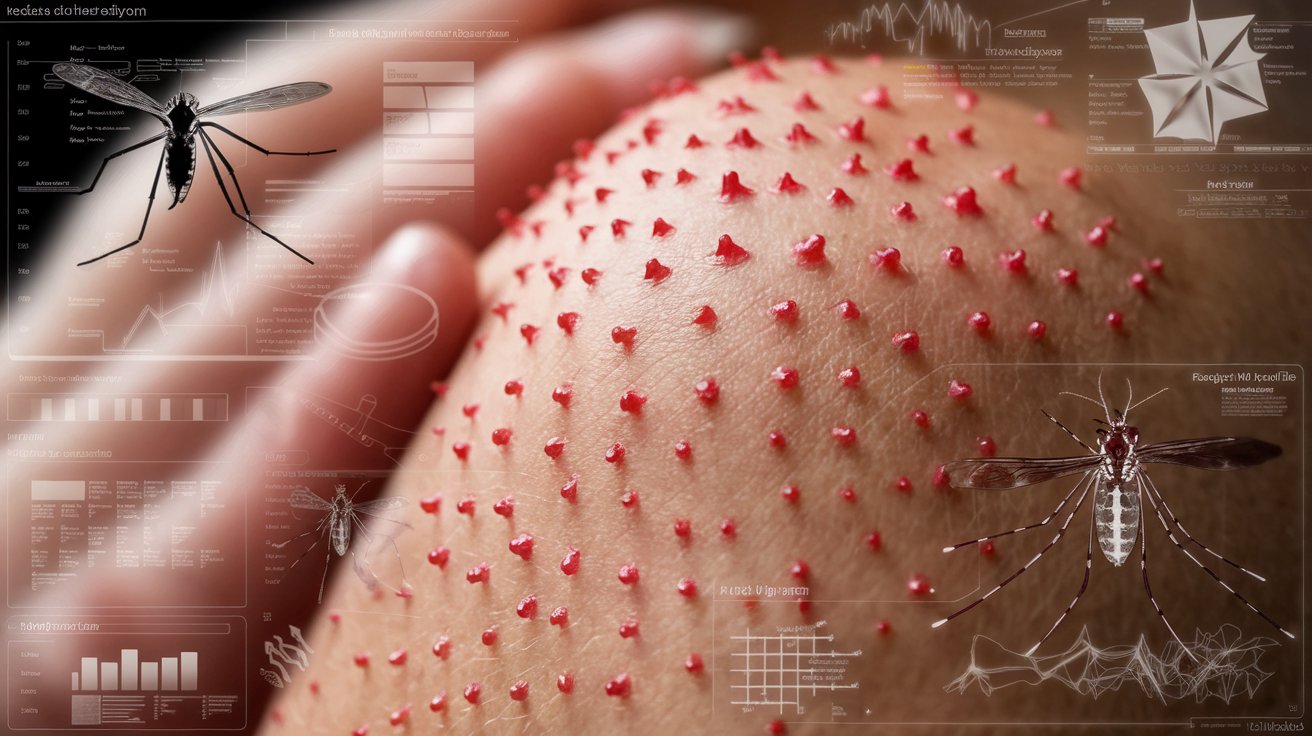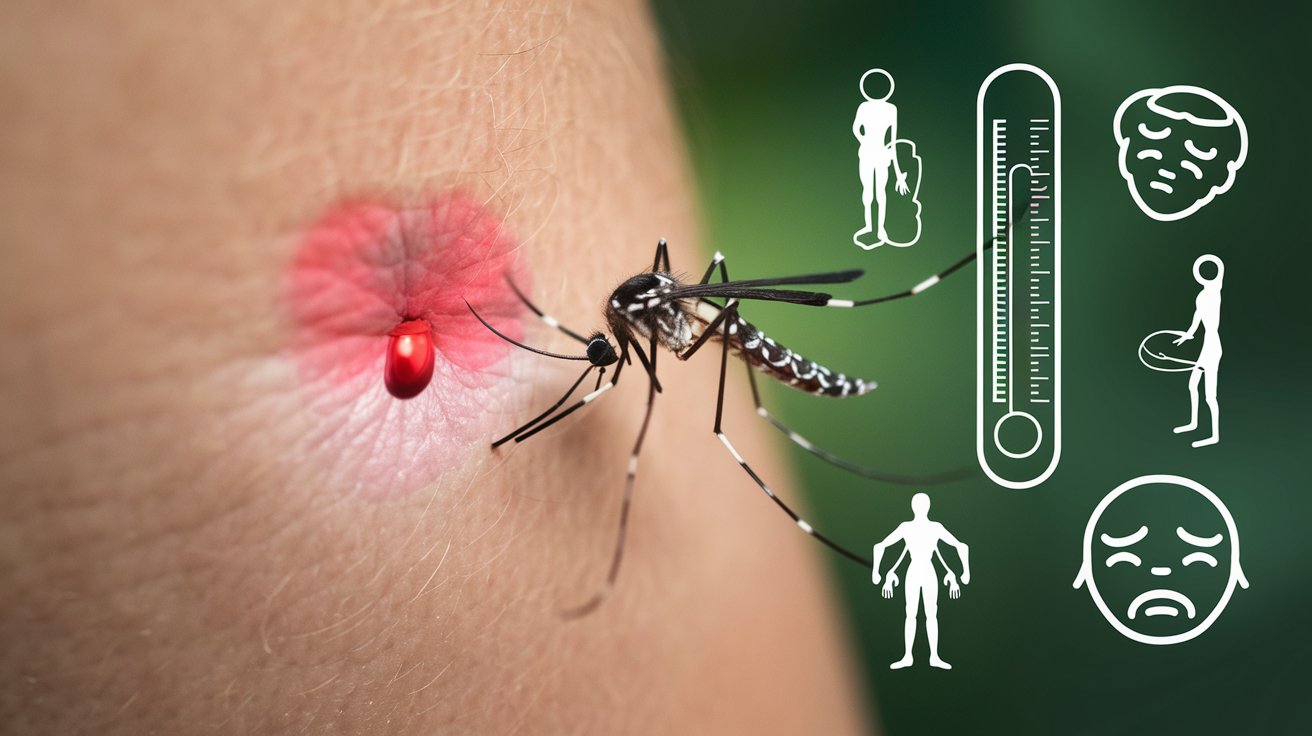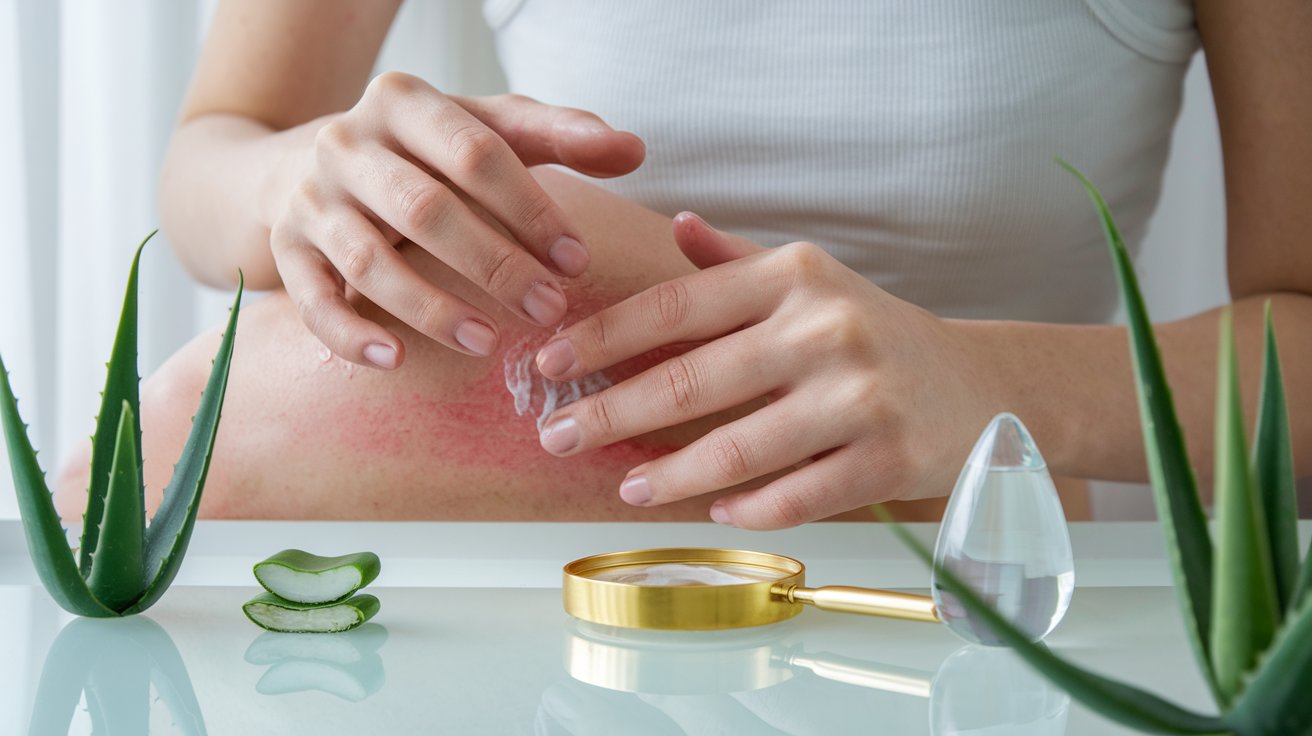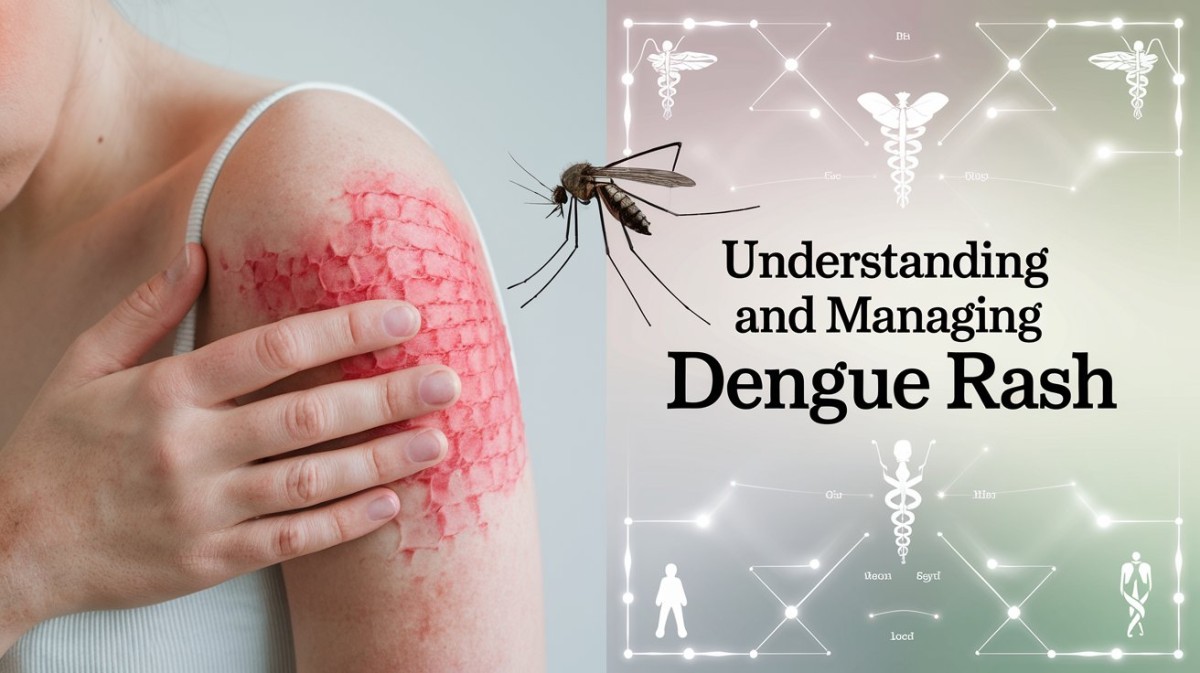Is your skin feeling itchy, irritated and is visibly red as a part of Dengue? You might just be developing a dengue rash.
Dengue fever is an infectious disease that develops in humans following the bite of an infected mosquito, mainly from the Aedes aegypti species. It is a serious health hazard particularly to people living in the tropical and subtropical areas. One of the possible manifestations of dengue is the development of a specific rash, which is uncomfortable and concerning for the patient.
In this blog, we will discuss what causes dengue rash, how to distinguish it, and lastly, tips to manage it.
Understanding Dengue Rash
Causes of Dengue Rash

Dengue fever is the illness caused by one of four viruses belonging to the class called flavivirus. When a mosquito that is carrying the virus bites an individual, the virus is transmitted into the bloodstream and results in symptoms such as fever and rashes. The rash typically appears 2 to 5 days after the onset of fever and can manifest in two distinct phases:
> Initial Rash:
This rash normally develops in the initial phase of dengue and can manifest as small, red, pinhead-like spots, which can be spread all over the body. These rashes can be itchy and are frequently associated with facial redness and irritation along with ankle and foot swelling.
> Secondary Rash:
In a second phase, more severe rash can appear once the fever starts to subside. This rash can bear somewhat resemblance to measles and could be more widespread than the previous one. The main characteristic of this rash is that it may indicate a change in the patient’s status, for example, a low platelet count.
Symptoms Associated with Dengue Rash

Dengue rash normally comes with other signs that could be used in identifying the disease. Common symptoms include:
- Sudden high fever which may rise up to 104 F or 40 C, depending on the stage of the disease.
- Severe headaches, mostly located at the very back of the head, behind the eyes to be precise.
- Joint and muscle pain
- Nausea and vomiting
- Loss of appetite
- Fatigue and weakness
Sometimes the patients may also suffer from skin sensitivity owing to the rash and other symptoms associated with it. Such symptoms should be identified early on so that it can be easier to distinguish dengue from other viral diseases.
Skincare Tips for Managing Dengue Rash

While there is no specific treatment for dengue rash, several skin care strategies can help alleviate discomfort and promote healing. Here are some effective tips:
1. Keep the Skin Clean and Moisturized
Personal hygiene has to be observed at all times particularly with respect to the rash. It is essential to take care of the skin and therefore it should be washed and moisturised regularly. The affected areas should be washed lightly with fragrance-free soap and warm water. You need to make sure to not rub the skin when drying it with a towel and meticulously massage the skin with a lotion after bathing. Go for products that have natural calming elements such as aloe vera or chamomile.
The Mamaearth Aloe Vera Gel with Vitamin E will be apt for this purpose with its cool and soothing effect.
2. Use Soothing Lotions
For relief from itching or skin irritation that accompanies dengue rash, you can resort to soothing creams or lotions. Calamine lotion is one that provides a cool calming sensation while hydrocortisone cream is effective in controlling inflammation and itching. It is therefore important to consult a doctor before using these topical applications especially for the treatment of a certain disease.
The Lacto Calamine Lotion is highly recommended for this purpose.
3. Avoid Scratching
It may be tempting to scratch the rashes due to itchiness and irritation, however, this is likely to worsen the rash as well as cause an infection. There are no effective ways on how to lessen the impulse to scratch; however, you should ensure that your nails are trimmed and may also use loose gloves at night. Also, make sure to put on loose clothing as this reduces the friction that may cause lesions on the skin.
4. Stay Hydrated
Proper hydration is encouraged during dengue fever and more so when the body is dehydrated with attempts to fight off the virus. Staying hydrated with water and other fluids like herbal teas or clear broths is helpful in improving skin elasticity and general well-being. Taking fluids can also help the body in the healing process and reduce the extent of the symptoms.
5. Monitor Rash Changes
Be mindful and keep a watch on the rash and any changes in its appearance. If the rash worsens or if you notice new symptoms, such as increased swelling or bleeding, seek medical attention immediately. These changes may indicate complications that require urgent medical attention.
When to Seek Medical Attention

While most cases of dengue fever are mild and can be resolved with supportive care, it is essential to seek medical attention if you experience any warning signs of severe dengue, such as:
- Severe abdominal pain
- Persistent vomiting
- Bleeding from the nose or gums
- Bright red blood in vomit and/or stool
- Difficulty breathing
These symptoms might be signs of some variant or condition of the disease that needs proper medical attention immediately.
Conclusion
Dengue fever is not easy to cure, especially because of the rashes that are typical for the disease. For people to effectively overcome symptoms such as the dengue rash, it is important to know what causes such a rash as well as its symptoms. It is to note that, adhering to proper skincare tips and tracking the symptoms will lead to reduced discomfort and improved healing. We must seek experts for more advice and treatments if the symptoms change or any new issue develops. With the right care, recovery from dengue fever and its associated rash is possible.

